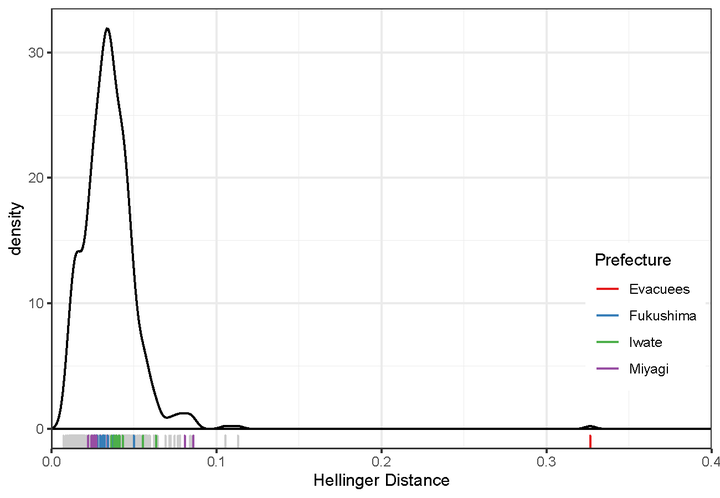Evacuees and Migrants Exhibit Different Migration Systems After the Great East Japan Earthquake and Tsunami

Abstract
Research on the destinations of environmentally induced migrants has found simultaneous migration to both nearby and long-distance destinations, most likely caused by the comingling of evacuee and permanent migrant data. Using a unique data set of separate evacuee and migration destinations, we compare and contrast the pre-, peri-, and post-disaster migration systems of permanent migrants and temporary evacuees of the Great East Japan Earthquake and Tsunami. We construct and compare prefecture-to-prefecture migration matrices for Japanese prefectures to investigate the similarity of migration systems. We find evidence supporting the presence of two separate migration systems—one for evacuees, who seem to emphasize short distance migration, and one for more permanent migrants, who emphasize migration to destinations with preexisting ties. Additionally, our results show that permanent migration in the peri- and post-periods is largely identical to the preexisting migration system. Our results demonstrate stability in migration systems concerning migration after a major environmental event.